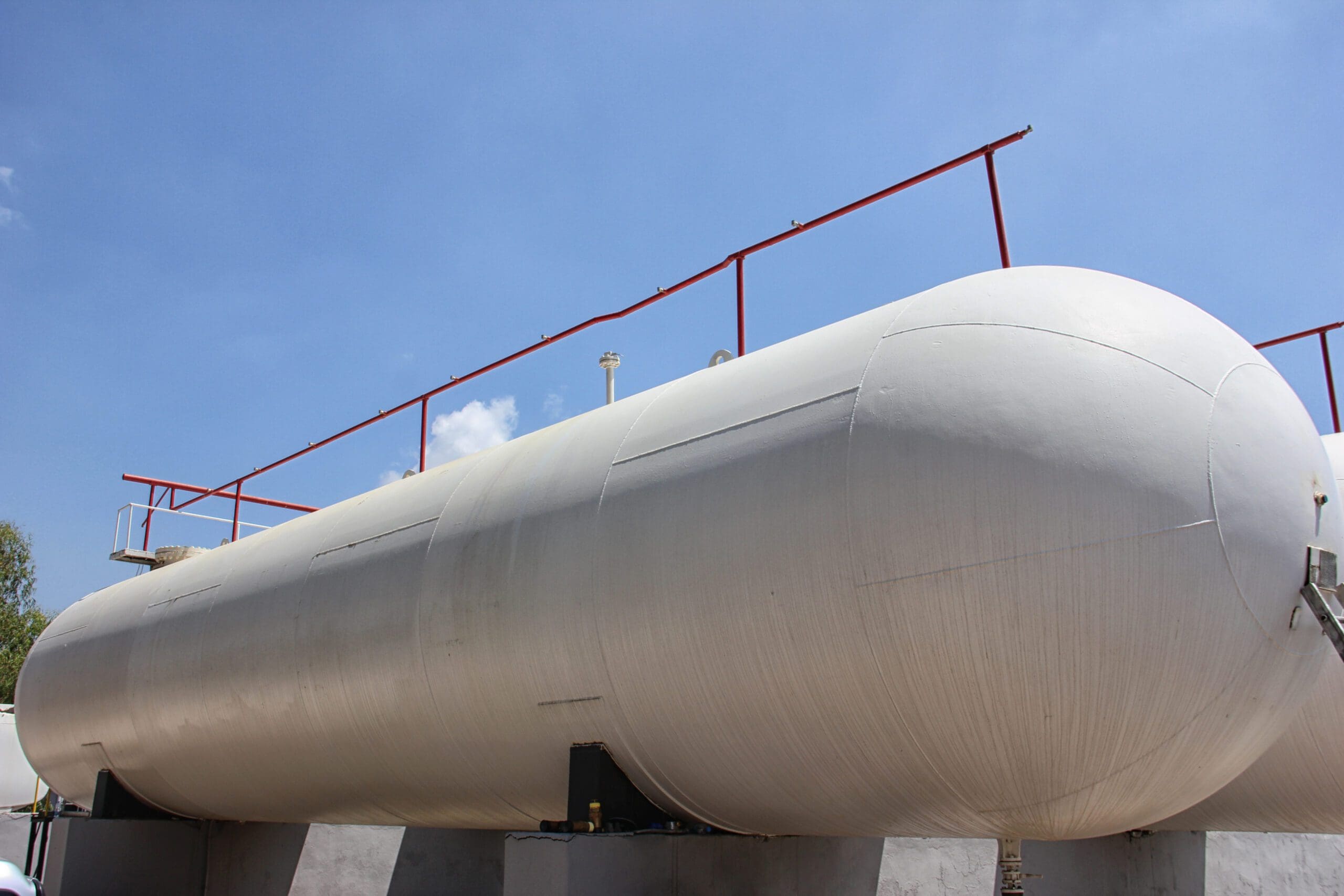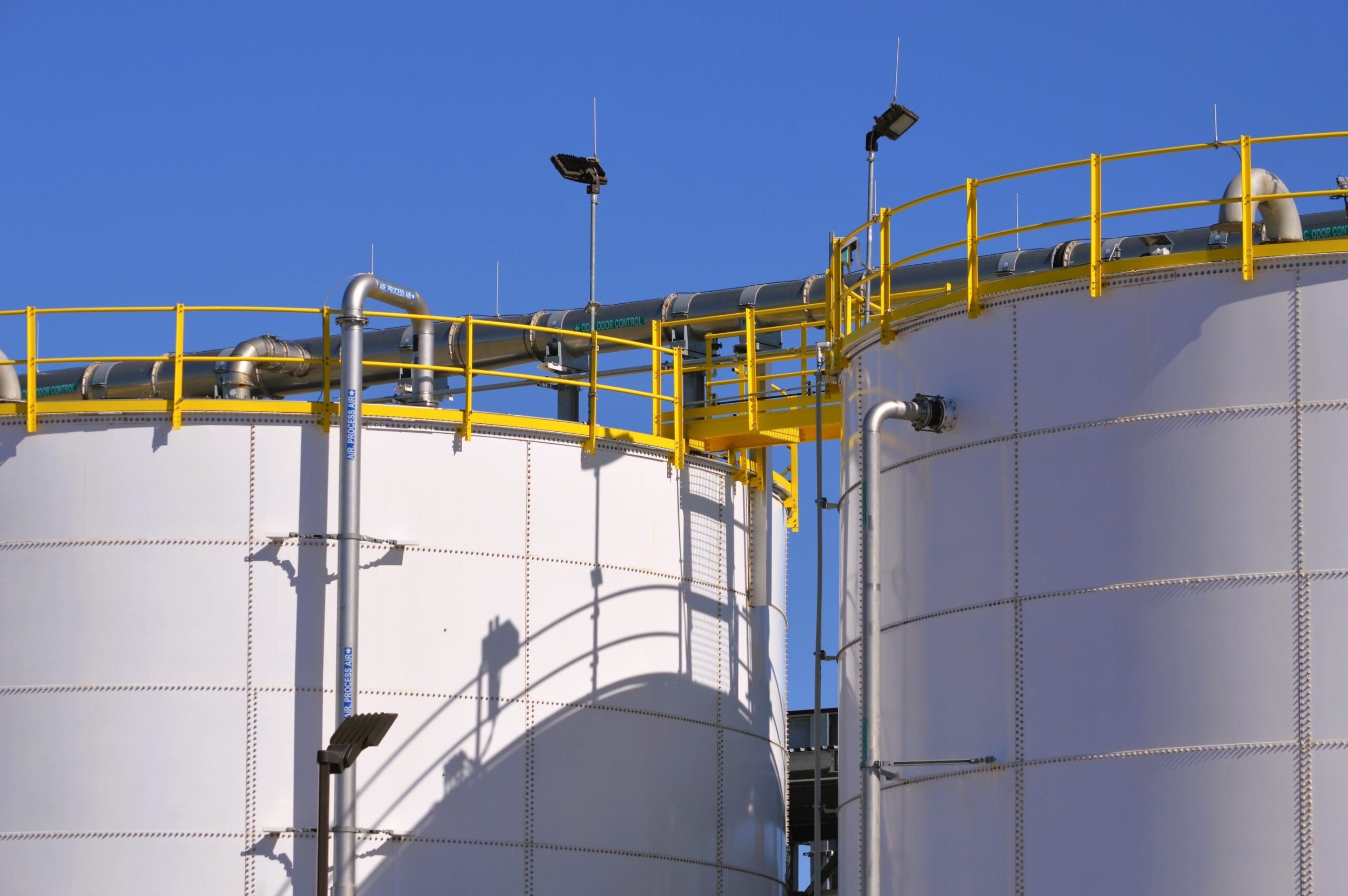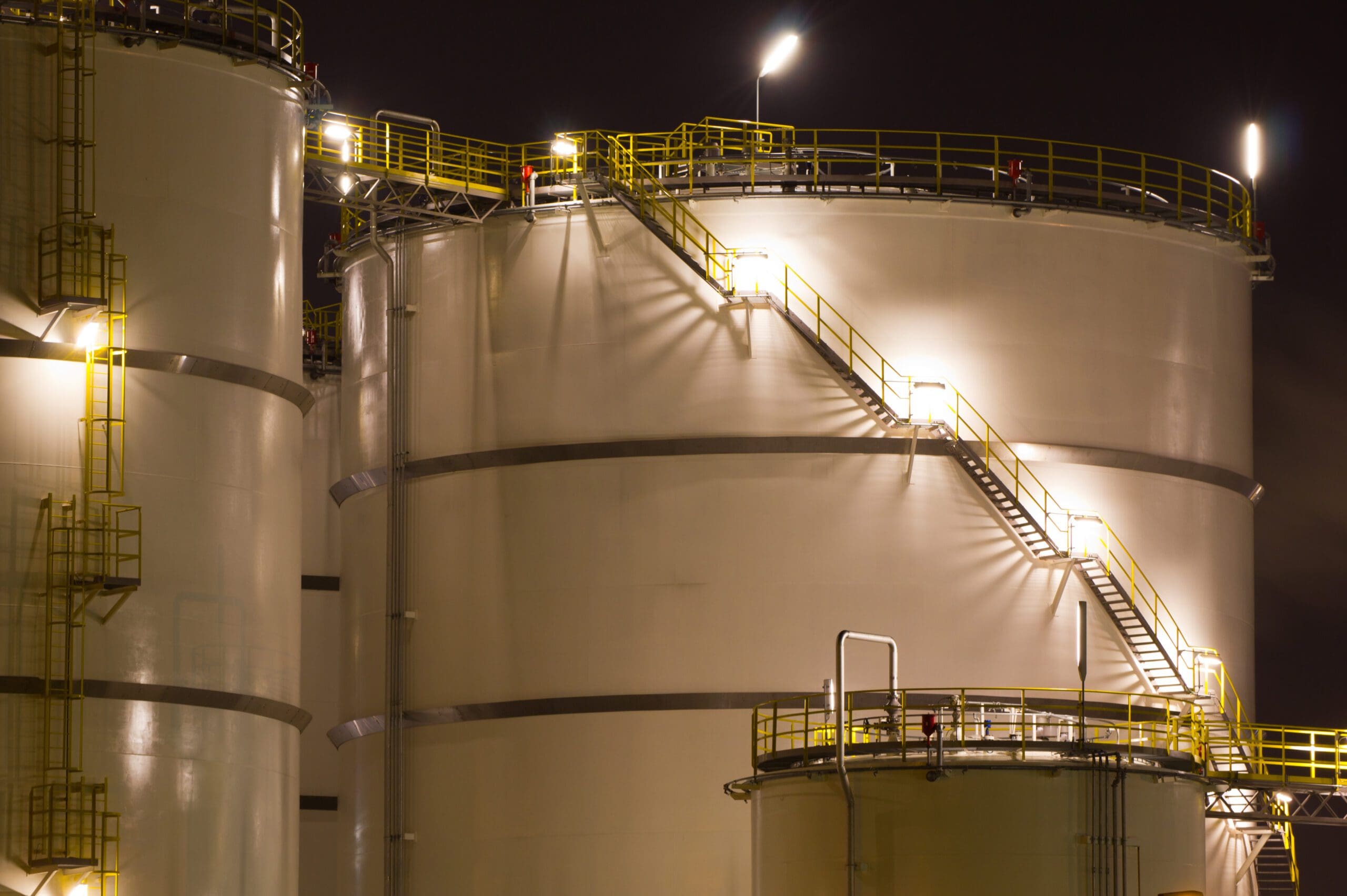Storage Tanks
Storage Tank Maintenance & Repair Services
Elevate your operations with our Storage Tank solutions.
Explore how we work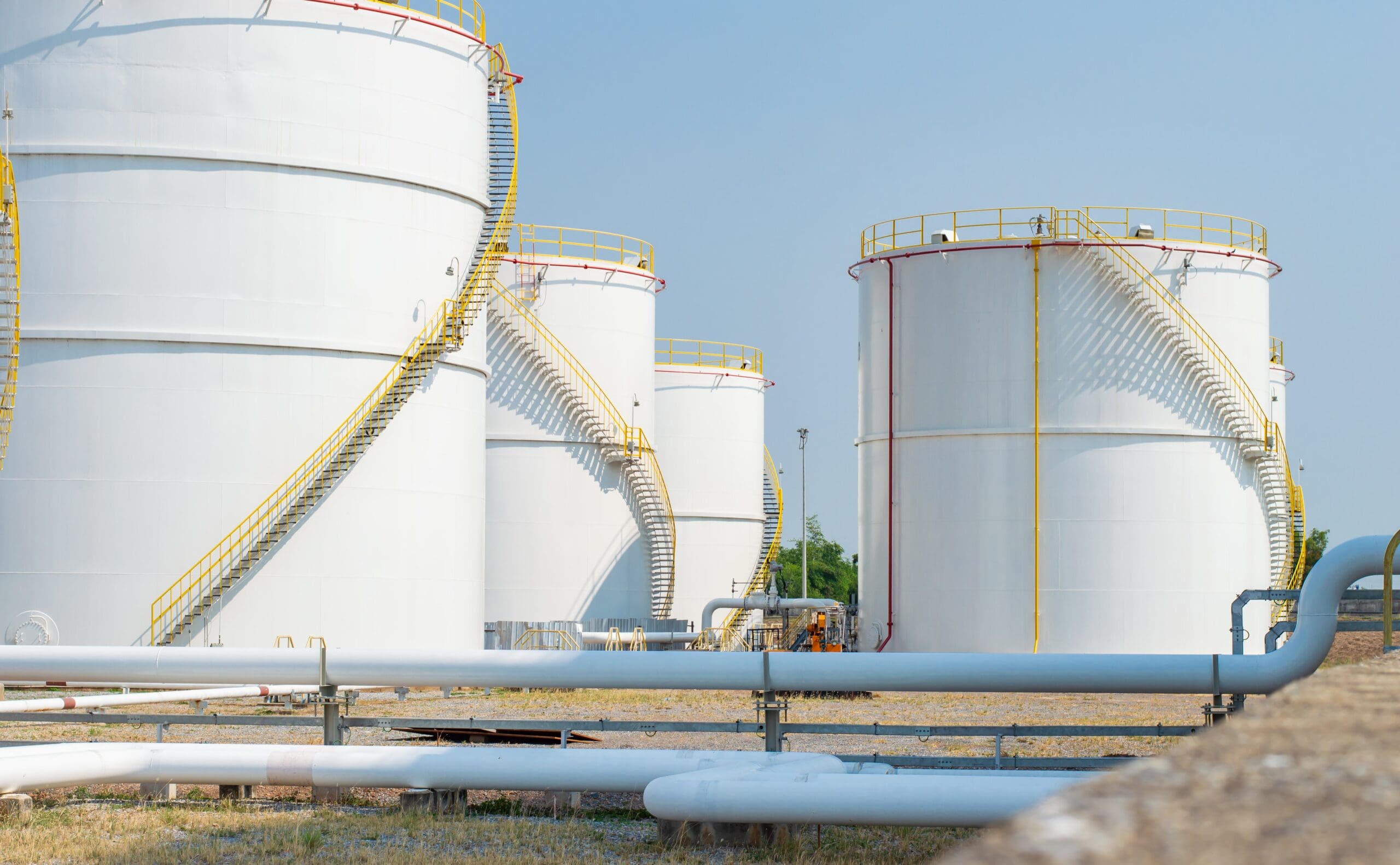
Interested? Let’s talk.
Send us an enquiry
What is Storage Tank Maintenance & Repair?
We recognise the crucial role of Storage Tanks in various industries, handling hazardous materials and substances. We adhere to stringent EEMUA 159 and API 653 standards. These internationally recognised standards provide detailed guidance on ensuring the safe and reliable design, construction, inspection, and repair of storage tanks.

Who we’ve partnered with...





Key benefits of Storage Tank Maintenance & Repair Services
Assurance that repairs are to code
The service ensures that repairs are completed in accordance with the applicable standard, such as EEMUA 159 or API 653.
Extended service life / best practice
Having repairs completed to code helps to extend the service life of the tank and ensure that it is operating in a safe and reliable manner.
Documentation and sign-off
The service provides clients with a documented record of the repair work and the results of the NDT inspection. This documentation is important for insurance purposes and for demonstrating compliance with regulatory requirements.
Let's talk
Send one of the team a message
Not seeing what you expected?
Try using our search
Explore what our clients say


How we'll work with you
Our comprehensive Storage Tank Remedial Work Services address a wide range of factors that contribute to Storage Tank failures.
Corrosion is a prevalent cause of tank wall weakening and increased susceptibility to failure.
Our team employs advanced NDT methods to detect corrosion and implements appropriate repair techniques to restore the tank’s integrity.
Weld defects can arise during fabrication or as a result of operational damage, creating weak points in the tank walls.
We utilise expert welding techniques and rigorous inspection procedures to eliminate weld defects and ensure structural integrity.
Dents and gouges in the tank walls compromise structural integrity and increase the risk of failure.
Our team employs precise repair methods to eliminate dents and gouges, restoring the tank’s strength and serviceability.
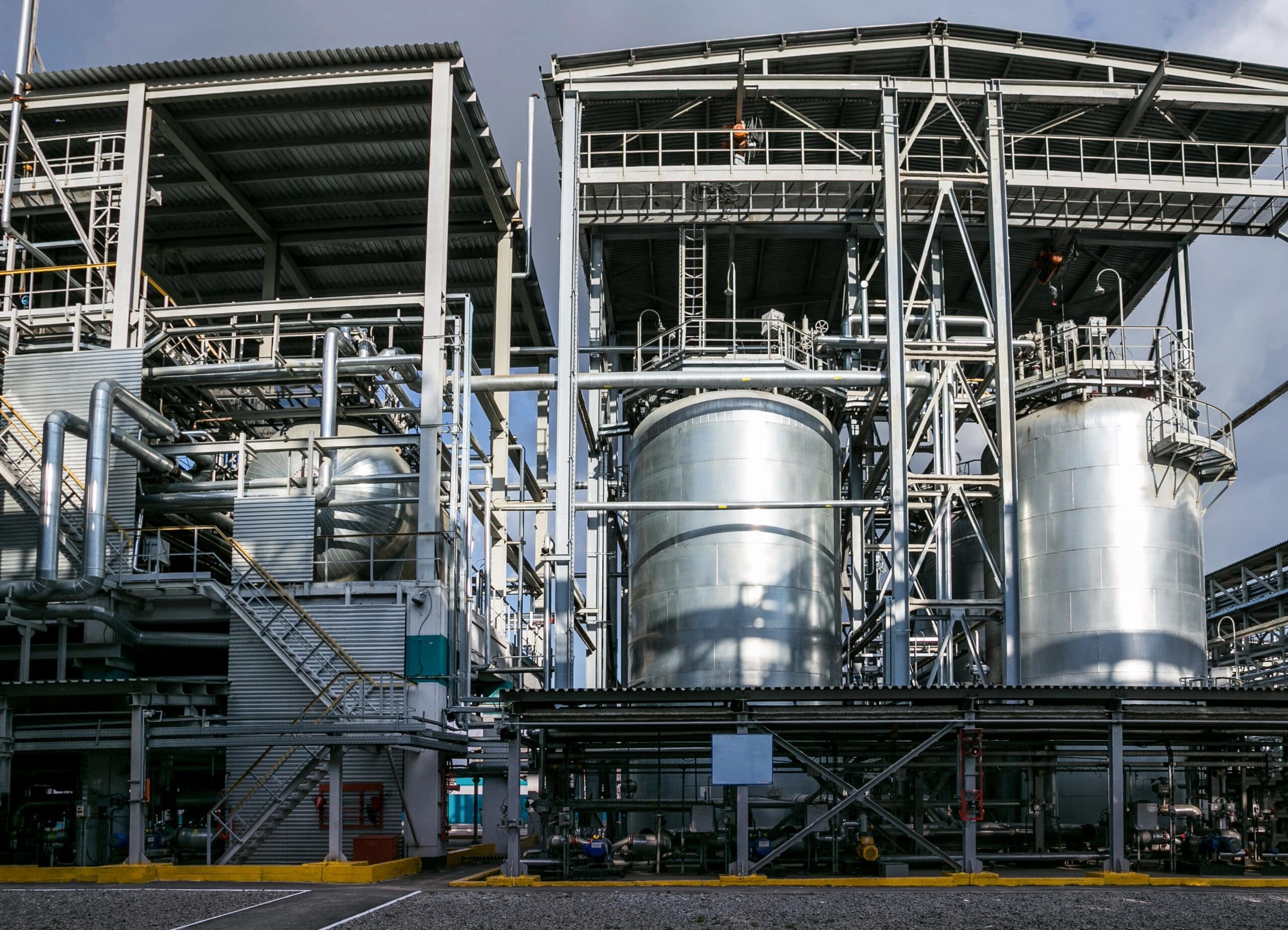
Our Storage Tank Repair process adheres to stringent industry standards, such as EEMUA 159 and API 653, ensuring the safety and reliability of the repaired tank. All materials used in the repair are certified to meet the required standards for safe and reliable operation.
Welding techniques
Precise welding techniques are employed to restore the tank’s integrity, ensuring structural soundness and leak-tightness.
Patching and material replacement
Appropriate patching materials, such as steel plates or composite materials, are selected and applied to the damaged areas to restore the tank’s structural integrity.
Rigorous NDT verification
The repaired areas are subjected to comprehensive NDT testing, including Ultrasonic Testing, Magnetic Particle Testing, Dye Penetrant Testing, and Radiographic Testing, to verify the effectiveness of the repair and confirm the Tank’s structural integrity.
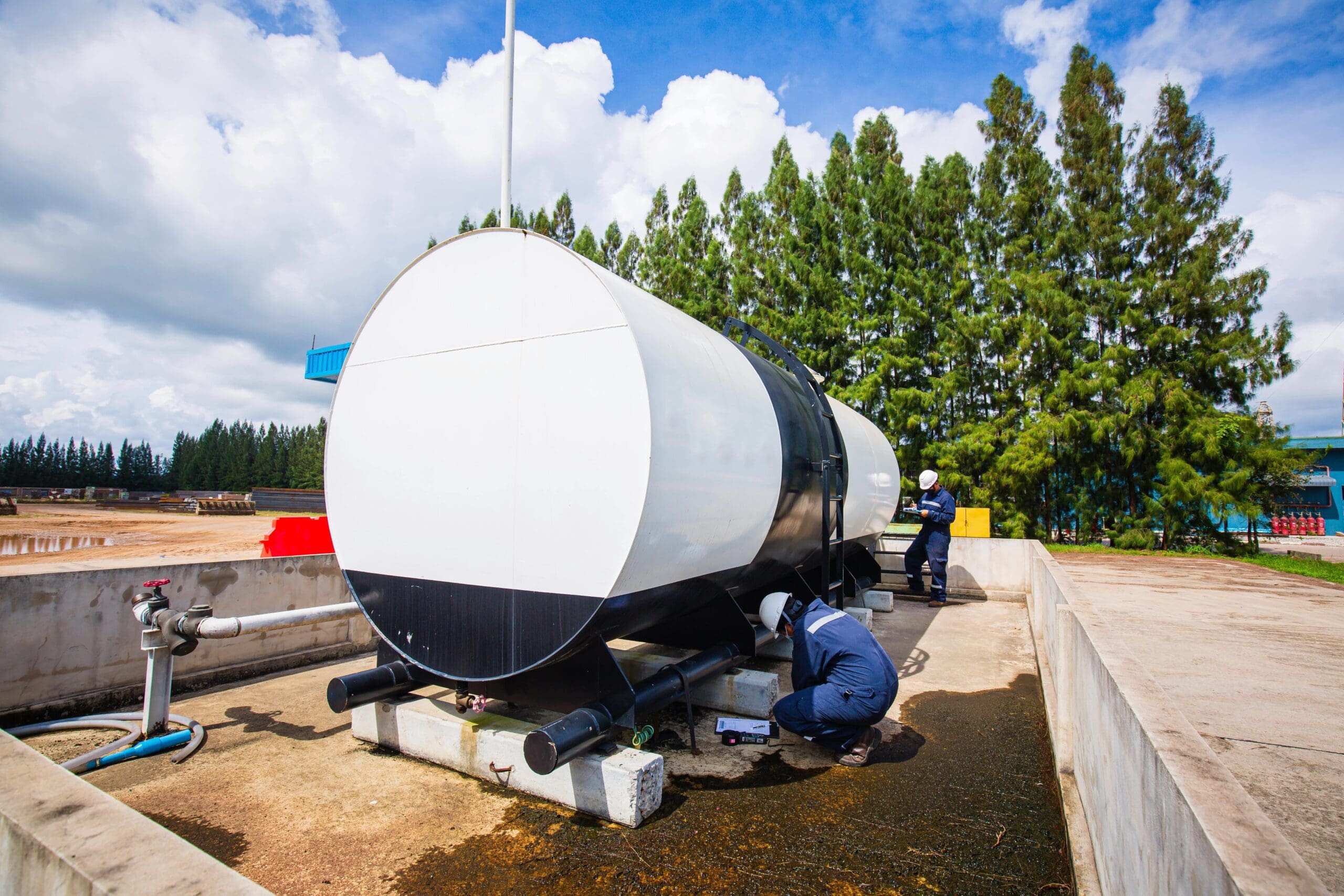


Our comprehensive tank remedial work process
Speak to us about the processLet’s talk. Ask us anything.
Send one of the team a message
Why choose BES Group?

35,000 satisfied customers
A strong reputation for providing exceptional service.

800+ expert engineers
Our team of skilled engineers possesses a wealth of expertise.
A legacy of 160+ years of experience
We’re always evolving our approach to future proof our services.
We’re qualified
Our team of technicians have completed EEMUA 159 / API 653 training, which means they’re well-equipped to ensure the ongoing compliance, safety, and efficiency of your assets.
Frequently asked questions
What Inspection methods are used prior to Storage Tank Maintenance?
We employ a range of advanced NDT methods to detect hidden defects or anomalies that may not be visible to the naked eye. These methods include:
-
- Ultrasonic Testing (UT): UT measures the thickness of the tank wall, providing insights into the extent of corrosion or damage.
- Magnetic Particle Testing (MPI): MPI detects surface discontinuities in the tank’s material, such as cracks or delaminations.
- Dye Penetrant Testing (DPI): DPI highlights cracks and defects by penetrating into the tank’s surface and revealing them under ultraviolet light.
- Radiographic Testing (RAD): RAD uses high-energy X-rays to create detailed images of the tank’s internal structure, revealing any hidden defects or voids.
The collected NDT data is meticulously analysed to assess the severity of the damage and determine the appropriate repair approach. Our team conducts a root cause analysis to identify the underlying factors that contributed to the tank damage. This helps to prevent similar issues from reoccurring in the future.
What will be included in my Storage Tank Maintenance report?
Detailed NDT reports are generated for each NDT method used, providing clear documentation of the test results and their interpretation. This will also include:
- Regulatory compliance documentation: All regulatory compliance documents are included in the report, demonstrating adherence to relevant safety standards.
- Insurance purposes: The report serves as valuable evidence for insurance purposes, demonstrating the thoroughness and compliance of the repair work.
- Maintenance records: The report is integrated into the tank’s maintenance records, providing a complete history of the tank’s condition and repairs.
What additional Testing methods are used after Storage Tank Maintenance or Repairs ?
- Pressure testing: The Tank will undergo Pressure Testing to ensure its ability to withstand the operating pressures and avoid sudden failures.
- Hydrostatic testing: For Water Tanks, hydrostatic testing is conducted to ensure the Tank can withstand the maximum operating pressure while maintaining its structural
Sectors we service
Dive into the diverse landscapes where BES Group sparks innovation and drives impact.

Explore sector
Aerospace and Defence

Explore sector
Agriculture

Explore sector
Automotive

Explore sector
Building, Properties and Real Estate

Explore sector
Consumer Products

Explore sector
Finance

Explore sector
Healthcare

Explore sector
Highways

Explore sector
Hospitality and Leisure

Explore sector
Insurance

Explore sector
Manufacturing

Explore sector
Marine and Offshore

Explore sector
Petrochemicals, Oil and Gas

Explore sector
Power and Utilities

Explore sector
Rail

Explore sector
Retail

Explore sector
Renewables

Explore sector
Transport, Logistics and Distribution Centres


Let’s talk. Ask us anything.
Send one of the team a message
Insights & news
Browse our latest articles
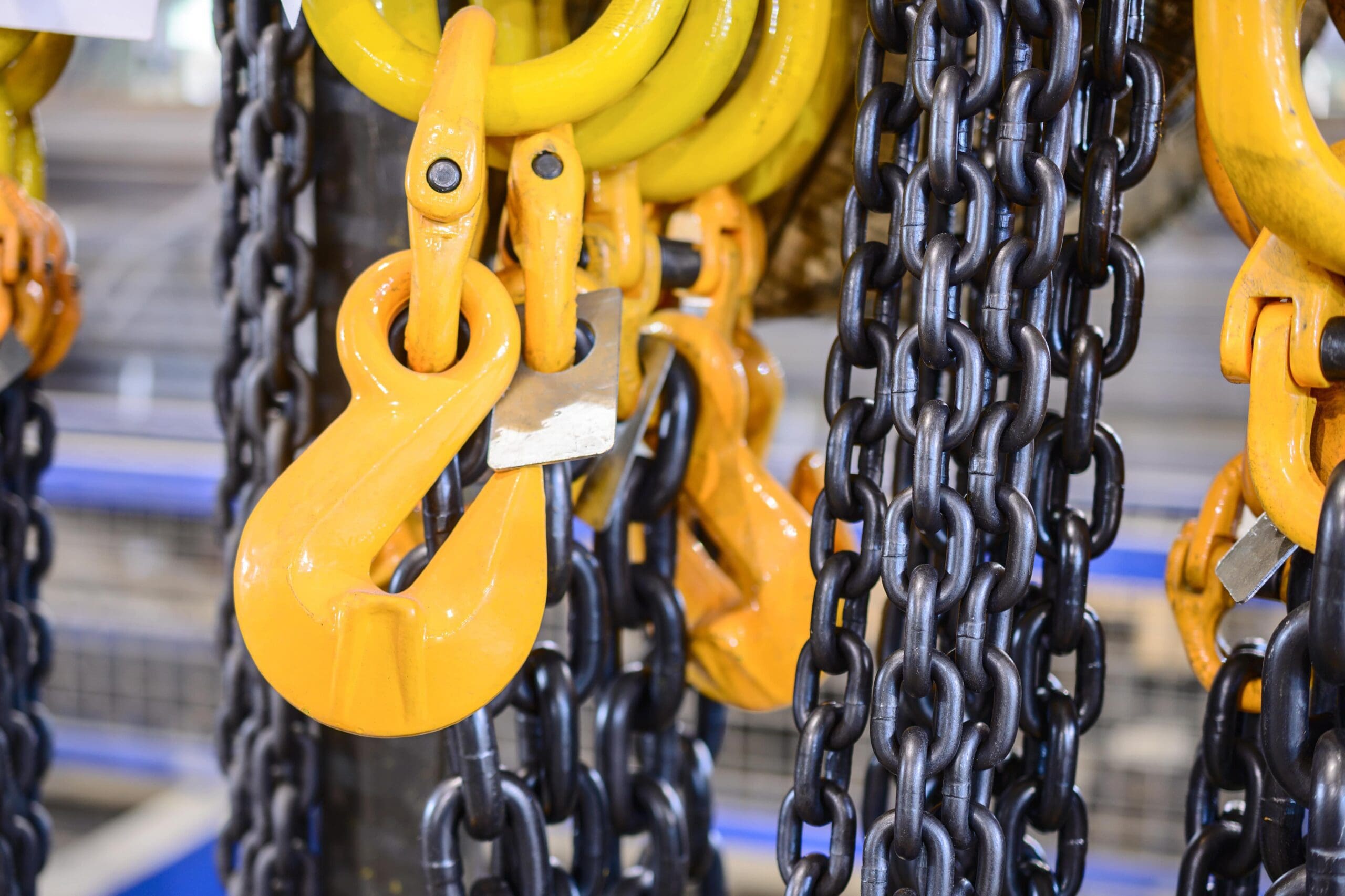
BES Group expands into Europe with ECH Groep acquisition
Acquisitions BES Group News Inspection

Ensure Your Assets Are Winter-Ready with Pre-Winter and Post-Winter Storage Tank Inspections
Inspection

School Shutdowns: A Comprehensive Guide on Electrical Equipment Maintenance
Electrical Inspection
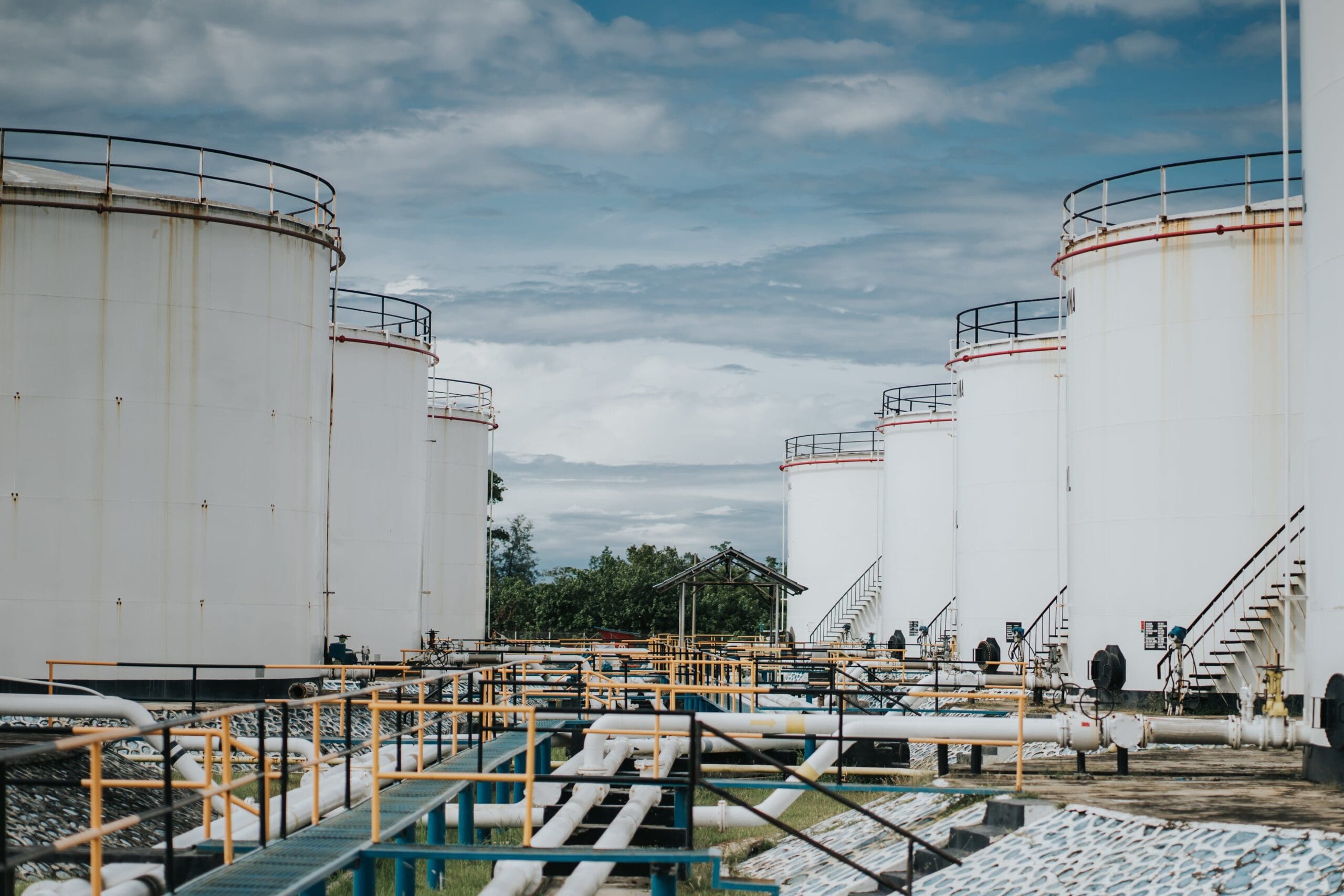
Storage Tank Inspections: Your Commonly Asked Questions
Inspection

Factory Shutdowns: How to Manage Your Maintenance Operations Efficiently
Asset Reliability Electrical Inspection Testing
Other similar services...
Looking for something else? Explore similar services...
Let’s get you to the right person, fast.
Thank you, enquiry submitted!
Please check your inbox. We have sent you an email receipt of your enquiry.
We treat every enquiry with the upmost urgency. We’ll aim to get in touch with the relevant BES Group specialist and get back to you as soon as possible*.
Thank you again and have a great day.
 About BES Group
About BES Group Accreditations & Credentials
Accreditations & Credentials Our Environmental, Social & Governance
Our Environmental, Social & Governance Careers at BES Group
Careers at BES Group Our Senior Leadership Team
Our Senior Leadership Team




